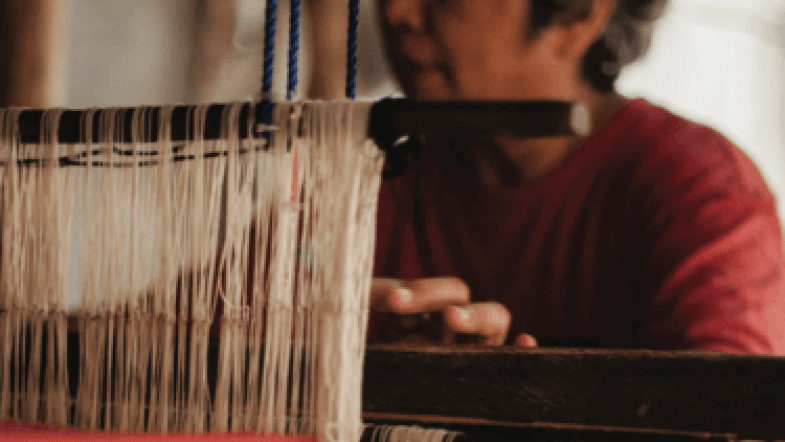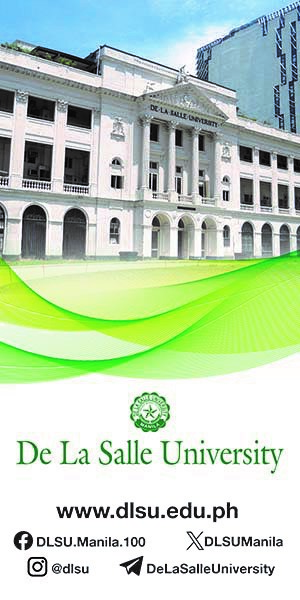
Various stakeholders from the government and the private sector push for the development of the creative and cultural industries through data-driven policies and programs.
Taking stock of the lessons from the COVID-19 pandemic, a significant initiative that answers the call to support the creative and cultural industries is the Cultural Statistics Mapping and Roadmapping, led by De La Salle University and funded by the National Commission for Culture and the Arts. This groundbreaking project aims to provide comprehensive insights into four key sectors: visual arts, performances and celebrations, gastronomy, and cultural heritage.
DLSU Culture and Arts Director and project leader Glorife Samodio shares that prior to this project, there was a lack of comprehensive data in the Philippines on the size, contribution, and employment figures of these cultural sectors.
With this, the project laid out five main objectives: (1) formulate operational definitions for the sectors, (2) provide estimates on registered establishments, added value, and employment, (3) map establishments based on their role in the creative value chain, (4) develop a primary data gathering instrument for measuring informal establishments, and (5) create a data-driven roadmap for recovery and growth in collaboration with stakeholders.
Adopting industry frameworks from the United Nations Educational, Scientific and Cultural Organization, United Nations Conference on Trade and Development, World Intellectual Property Organization, and local counterparts to measure industry size and economic activity, the project successfully established operational definitions of the cultural sectors, provided estimates on key statistics based on available national-level data, and mapped establishments according to their role in the value chain. Through collaborative roadmapping workshops, sector-specific directions were formulated to drive recovery and growth strategies. The research team also proposed a data gathering instrument to capture information from informal establishments, recognizing the significance of micro-businesses and freelancers. They emphasized the importance of consistent data collection, stakeholder collaboration, and regular collection of cultural statistics by government agencies to facilitate future projections and trend analysis.
Key Findings and Recommendations
Overall, the project recommendations stressed government support, collaboration, education, training, and innovation as essential elements in revitalizing the cultural sectors, supporting artists and workers, and preserving Philippine cultural heritage.
Performance and Celebrations Domain
The study broadened its scope to include various artistic expressions and recommended improving data collection through collaboration and training, while recognizing the informal economy’s key activities and occupations.
Visual Arts Sector
Initiatives to bridge career gaps for artists were proposed, such as integrating arts into the school curriculum and providing training on financing and marketing. It also suggested addressing challenges related to raw materials and establishing arts councils for better monitoring and action.
Gastronomy Domain
The study highlighted the connection between culinary tourism and heritage and recommended developing the agricultural sector, strengthening the food supply and tourism value chain, and preserving culinary heritage through research, education, and innovation.
Heritage Sector
Defined the sector across various perspectives and identified six subsectors and emphasized the importance of reporting on the industry’s structure and performance. It acknowledged the strength of the Heritage Law of 2009 in preserving cultural heritage.
Contact: Glorife Samodio | glorife.samodio@dlsu.edu.ph













